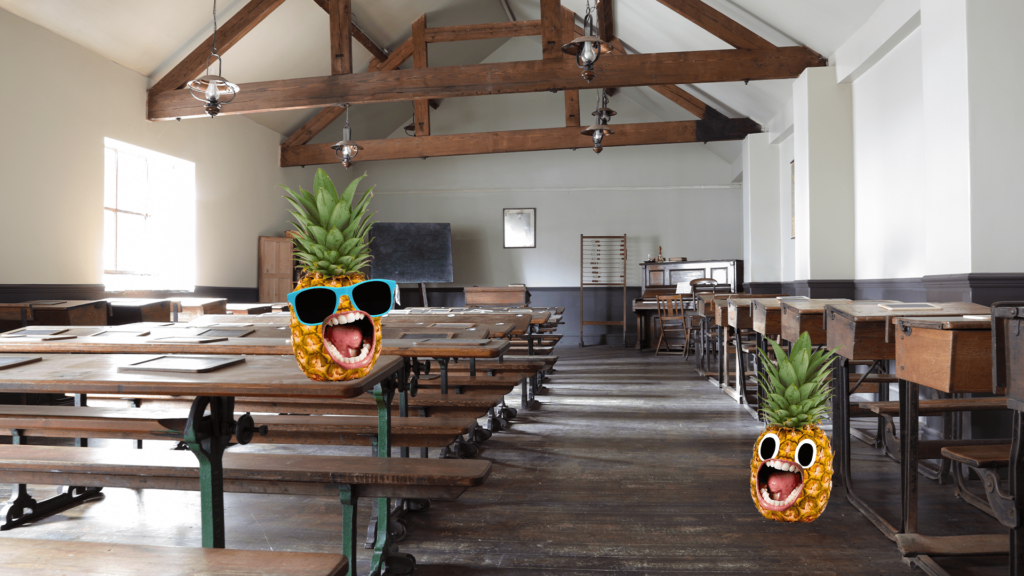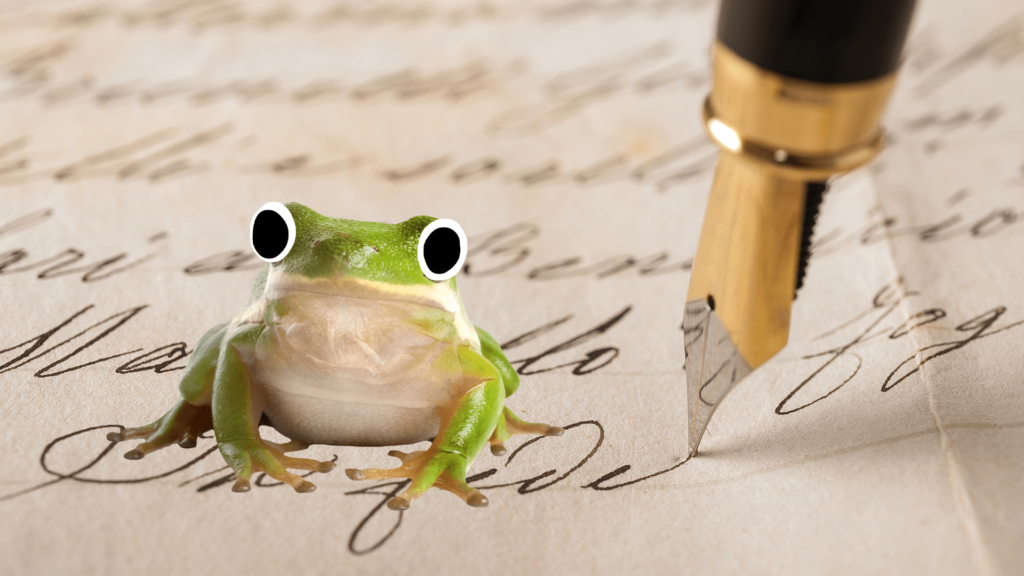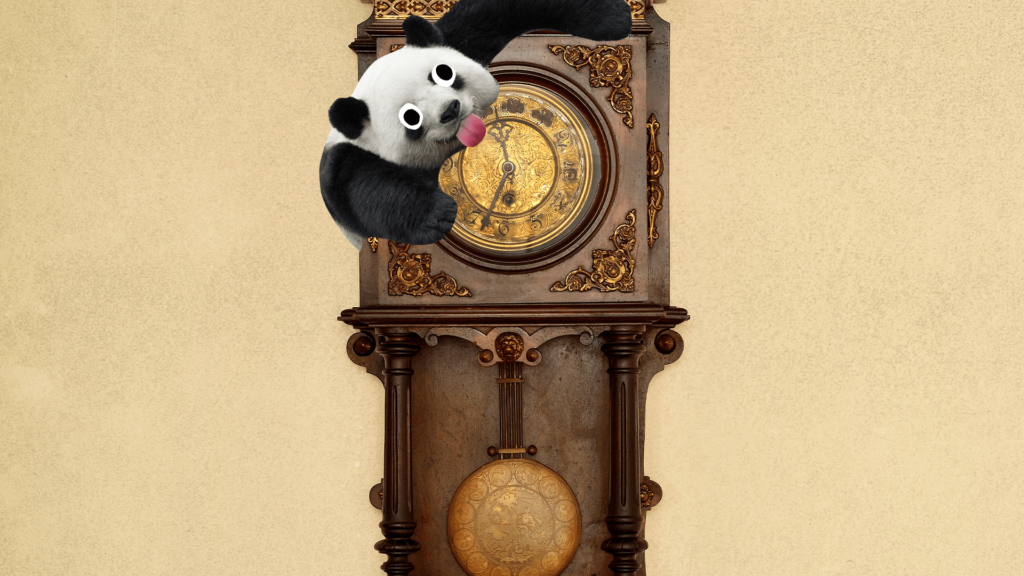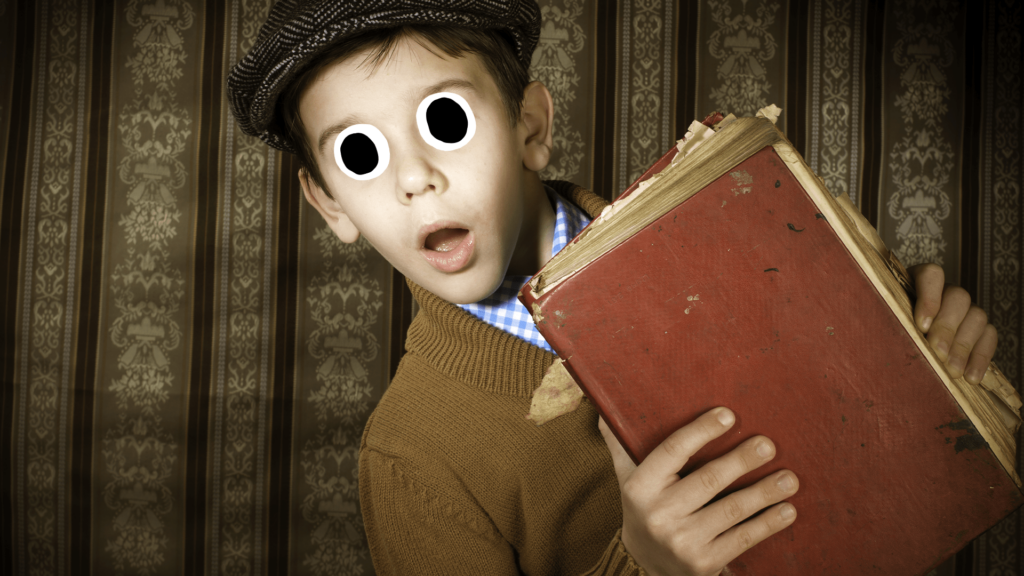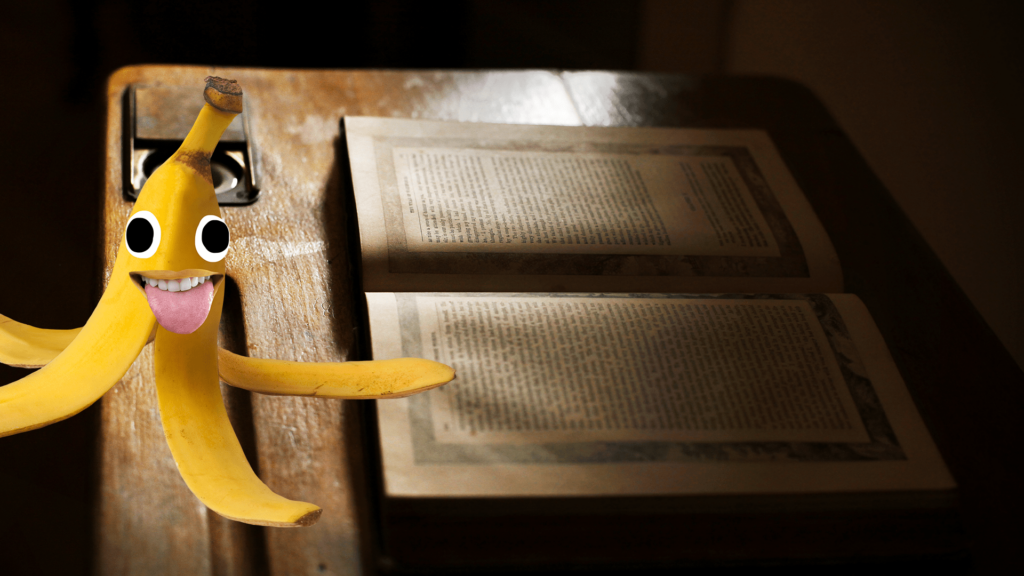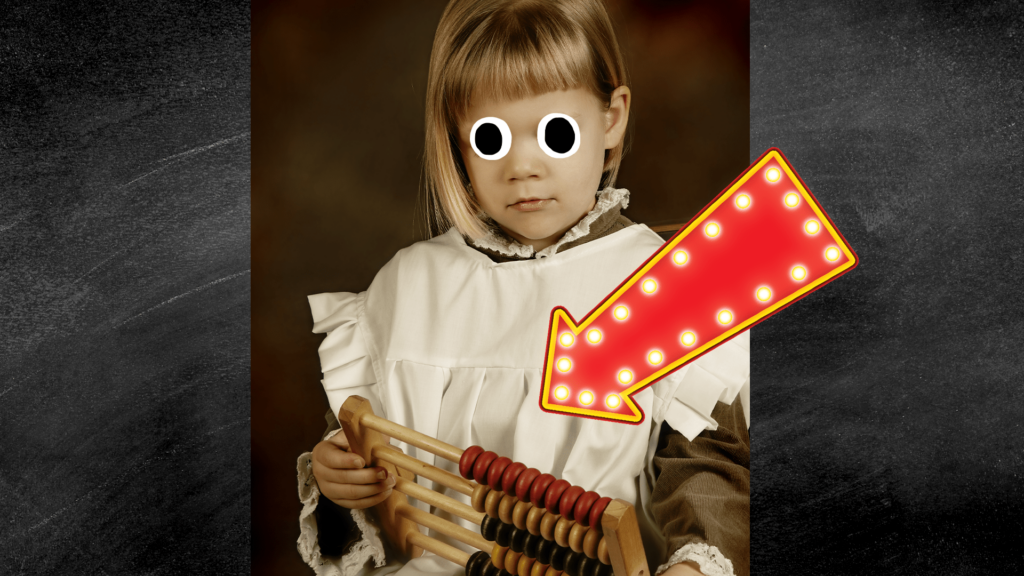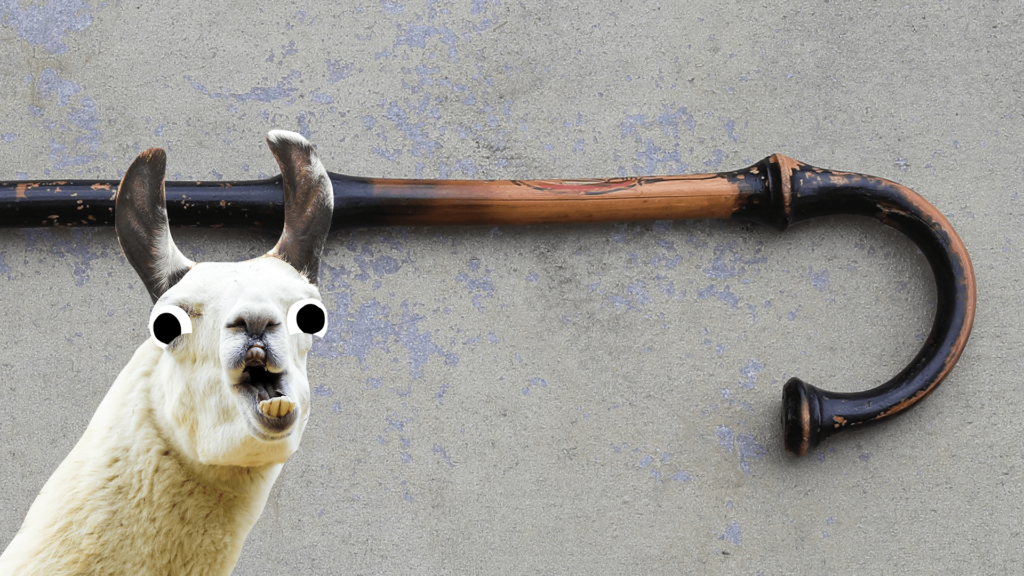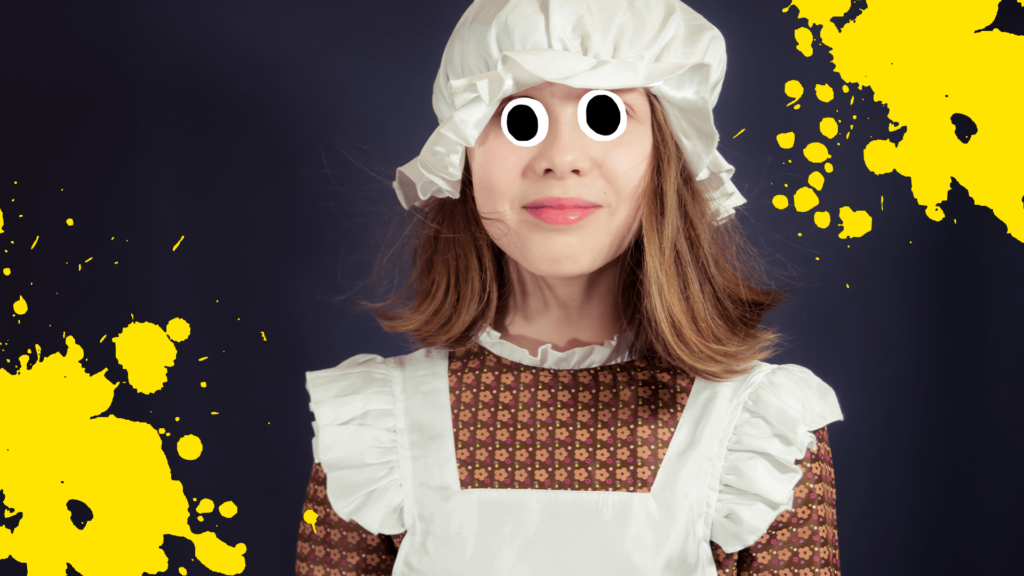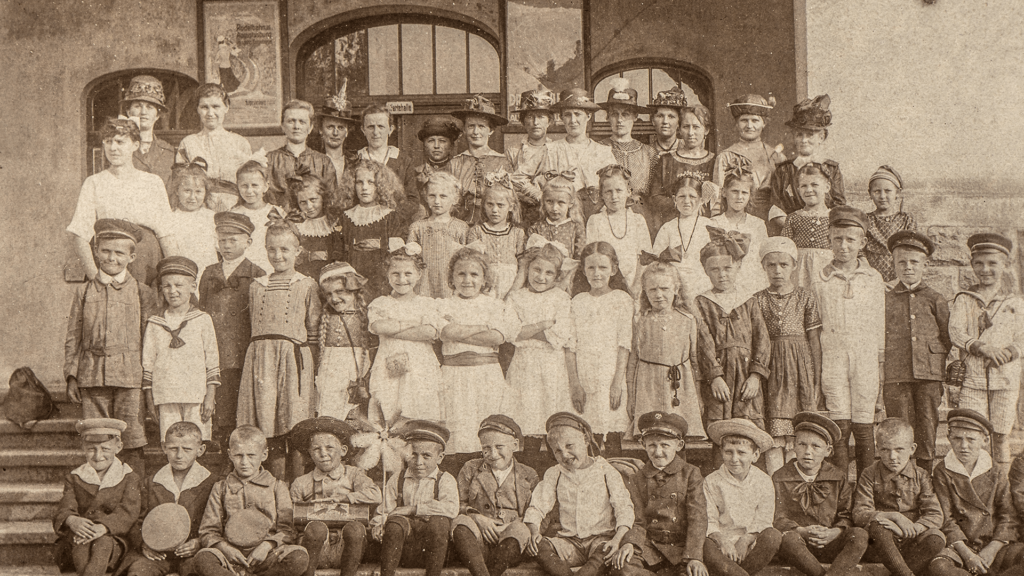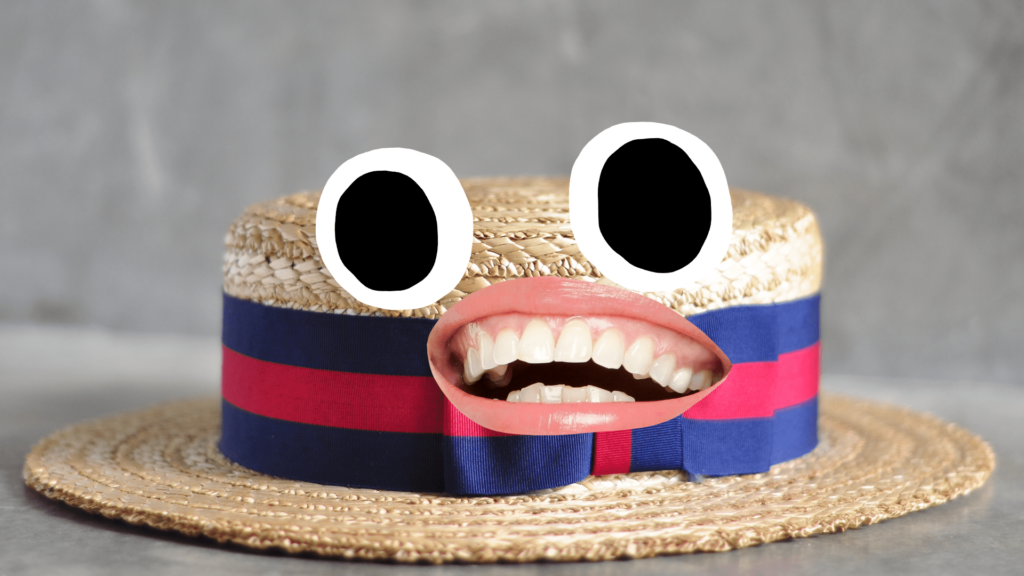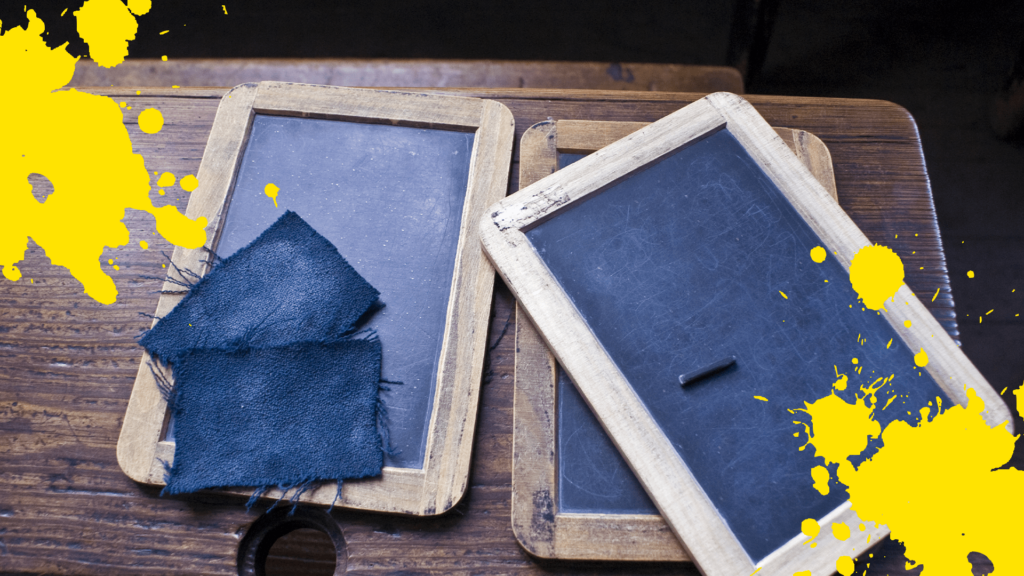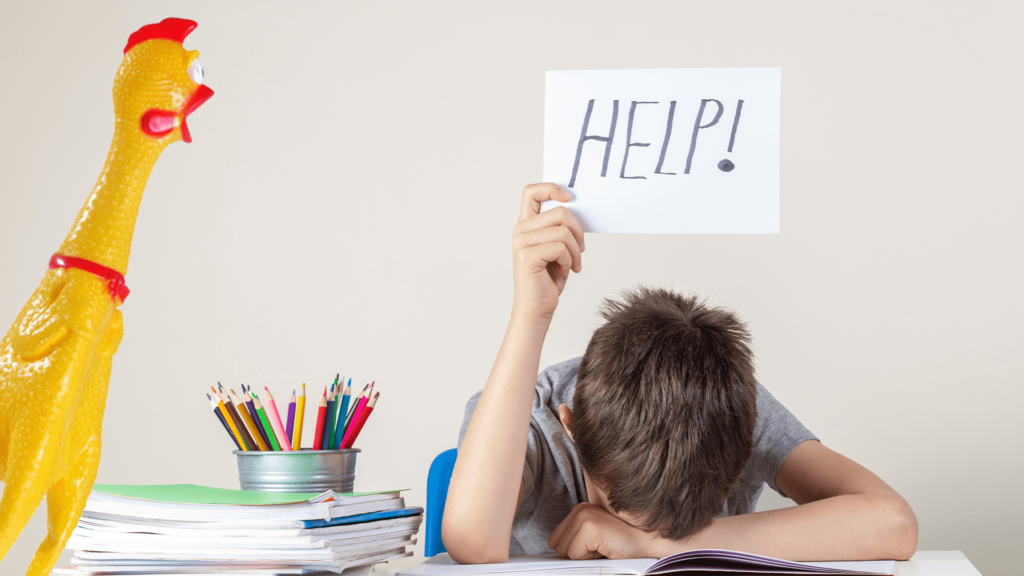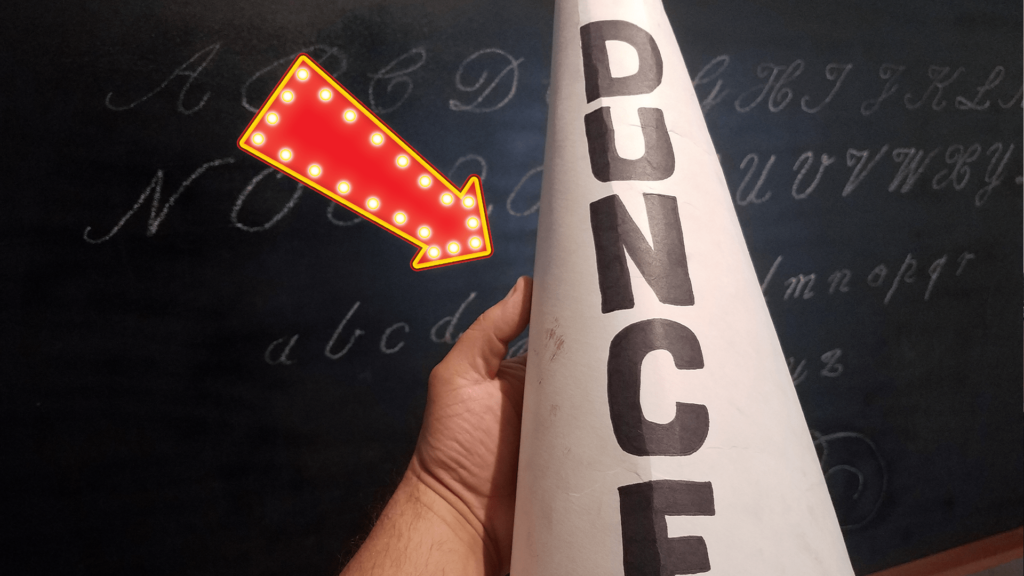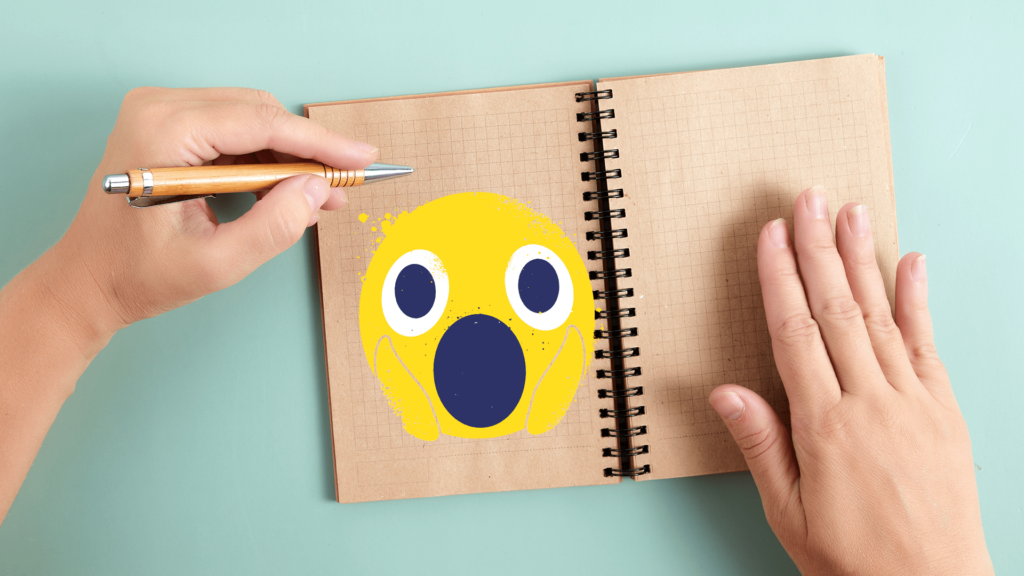15 Victorian School Facts To Make You Glad You're Alive Today!
These 15 fascinating facts all about life and school in Victorian Britain will make you very grateful you get to go to school in the 21st century! Take a look!
If you think school in Victorian Britain was all wearing petticoats and playing with a hoop and stick - think again! We've put together 15 fascinating facts about life as a Victorian school child! Find out why children didn't used to go to school, what they learned, how you were punished, and the weird rule they had for left handers! And if you liked this, check out more history facts here! How about some more Victorian trivia with these Charles Darwin facts? Or what about some Tudor facts fit for a king? And we bet you'll love these scorching Great Fire of London facts!
1. Life Was Hard For Victorian Kids
You might think of Victorian kids as having a great time - picking pockets like the Artful Dodger and getting into mischief. But most children didn't have many chances to play - in the first half of the 19th century, many poorer children would be sent to work from as young as 4 or 5! Jobs children did included chimney sweeping, factory work, selling things on the streets and working in coal mines. Life was hard, dirty, and dull, and you wouldn't get a chance to change much about it.
2. Children Didn't Go to School Until the 1870s
School wasn't compulsory (everyone had to do it) until 1870 in England and Wales, and 1872 in Scotland. Before then, children didn't have to go to school at all, and many of them didn't. This meant that lots of children never learned to read, write or do sums. When the Education Acts were introduced, literacy rates shot up from about 60% to nearly 100% by the end of the century!
3. The School Day Was Very Long
If you think school is long and boring today, be glad you're not a Victorian! The day would often start at 9am and finish at 5pm! That's 8 whole hours of school! But lunch would often be quite long, sometimes two whole hours, and children would go home to be fed. During breaktime, they might play with a ball, a stick and hoop, chalk or marbles.
4. Some Children Had Jobs After School!
Lots of children who went to school in Victorian times were poor, and had to work to support their families. Some of them would even go to work after school had finished, or even skip school for work- earning money was more important than learning! Truancy (skipping school) was harshly dealt with.
5. Ragged Schools Also Existed
Although school was not compulsory until the 1870s, there were schools for poor children before then. Sunday schools, which took place after church, would provide some education for over a million British children. There were also 'Ragged Schools'. Ragged Schools were schools set up for the very poorest children (hence the 'ragged' appearance of their clothes) and were normally run by charities. Often they were run in make shift classrooms in poor neighbourhoods, and most of the children had jobs like factory work they needed to do after school. They died out after the 1870s Education Acts.
6. The Three Rs Were Very Important
Victorian school lessons were very different from yours - they focused on the 'Three Rs'. The Rs were Reading, Writing, and Arithmetic (so one R, really!), and were considered crucial to a good education. Being able to read and write would have been really important - it helped children grow up to get better jobs or even further education, and it meant they could now better understand the newspapers, politics, and other important things.
7. You Could Be Punished If You Did the Wrong Thing
Victorian schools were very strict, and punishments could be harsh. Children had to sit still, not talk, not fidget, not get up, eat, use bad language, ask questions or miss lessons. If you did any of these things, you would be punished. Punishments included writing lines, being made to stand in front of the class, and, most scarily, being caned - hit on the hand with a wooden stick by the teacher.
8. There Was No Uniform For the Poorest Children
Nowadays most UK schools have a uniform, but back in Victorian times uniforms were an expense that most families couldn't afford. Instead, children would be dressed as neatly and cleanly as possible - girls would wear a white pinafore over their dresses, and boys would normally wear a cap, jackets and short trousers. Being neatly turned out was very important to the Victorians; they liked to say that 'Cleanliness is next to Godliness'.
9. Classes Would Be Very Big
In Victorian Britain there was no class restriction sizes. Today, classes are usually kept below 30 pupils, but in the 19th century, there could be anything from 60 to 100 pupils! Classrooms were stuffy rooms with high windows and low lights, and it must have been very crowded! Can you imagine trying to learn in a room with 100 people in it?
10. Rich Children Also Went to School
Of course, rich children also received an education, although it was very different from most children. Rich Victorian girls were usually taught at home, and there would be an emphasis on typically 'feminine' activities like sewing, housekeeping, manners and music. These were all considered important skills to help find a husband. Rich Victorian boys would usually be sent away to private boarding schools, where they would wear a special uniform. Some of them would be sent away as young as seven!
11. Children Learned by 'Rote'
As well as the 'Three Rs', children at Victorian schools mostly learned by 'rote', which is another word for repetition. They would repeat out loud or write out many times facts such as historical dates, times tables and grammar. This sort of learning was quite dull and although it made sure children remembered what they learned, it didn't really help them understand it.
12. It Could Be Quite Boring
If you think it would be cool to go to a Victorian school, you'd probably be surprised to find it was quite boring! Sitting in the same place for eight hours and repeating the dates of medieval battles would get tired quickly, and you weren't allowed to ask ANY questions. There were no creative writing exercises or chatting, and if you made a mistake you had to start all over again!
13. The Dunce Cap Was a Real Thing
You might have seen pictures of the dunce cap - a cone shaped hat with a 'D' on it. The 'dunce' (idiot) cap was a form of punishment worn by pupils who were disobedient or didn't learn their lessons properly. The Victorians thought that shaming children who had problems like ADHD or dyslexia would make them learn better; but as we know now, it definitely didn't!
14. Children Wrote on Slates or With Pen and Ink - and no Left Handers!
You've probably seen people writing with old fashioned pen and ink in films and pictures, and that's what the Victorians did! They used nib pens, which they would dip in ink wells in their desks, or they would use a piece of slate and some chalk. And if you were left handed, watch out! Children weren't allowed to write with their left hand - it would be tied behind your back to stop you! Are you left handed? How do you think you would do?
15. There Was No Group Projects, Art, Science or Drama
Victorian school was very different from today, and perhaps the biggest change is that it wasn't nearly as fun! There was no art or music classes, no reading fun stories, no playing games in PE, no science experiments or lessons, no debates or group work, and no school trips! After all that, you're probably really glad you get to go to school in the 21st century!



